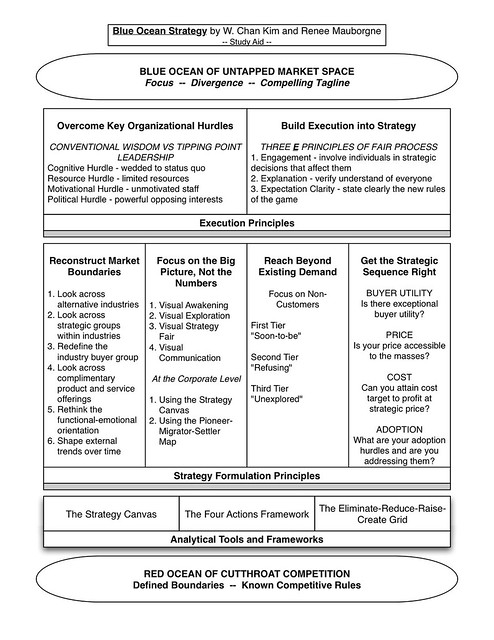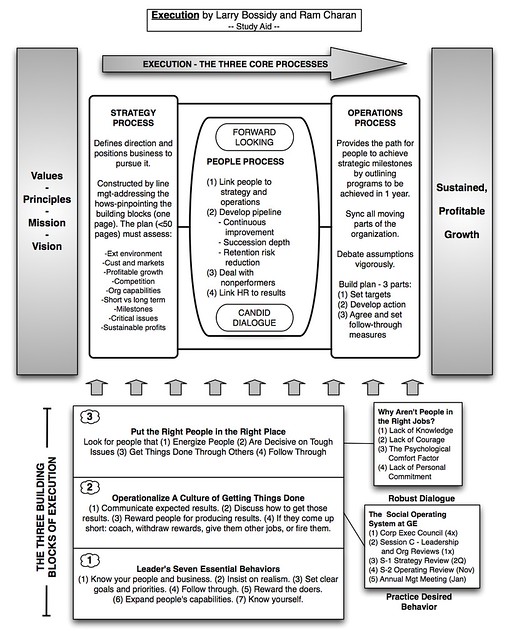This is a one-sitting book, or should I say, a one-workout audio book. Michael Lewis, the author of Liar’s Poker and Moneyball, went to a private high school in New Orleans called Newman. It is, in fact, the same high school that Peyton Manning and Rusty Staub went to. The baseball coach at Newman is a tough guy named Coach Fitz and he has been around forever; this is a story about him.
Lewis played baseball at Newman and has crafted a story that is part memoir and part life-lesson. It worked for me. He tells of his experience with Coach Fitz and how deep and profound Coach Fitz’s influence on his life was. Lewis got the itch to tell this story when he heard about a movement to raise money for a new gym at Newman dedicated to Coach Fitz. This was especially interesting because at the same time, there was a movement to get Coach Fitz removed by many parents of the kids on his baseball team because he was just “to tough on them.”
As you can guess, there is plenty of commentary about how kids these days are lazy and too privileged to ever succeed at anything. “Oh, the kids are so soft these days…what’s gonna happen to our society?” I think that’s a load of bull and it gets old fast, but you have to get past it, because you will be rewarded with some keen insights into how sports, especially high school sports, can positively shape your life.
I’m a sports fan and have always been an avid participant in many sports, fitness, and gaming pursuits. They are a big part of my life and besides satisfying a need for physical exertion and regular competition, they serve as the basis for most of my social outlets. Despite this, I have never really had a coach or sports figure that affected me like Coach Fitz. In fact, I haven’t had any mentors, personally or professionally, that I can pinpoint as affecting a life change or a special, self-confidence boost. What I have had is a wife, two parents, three siblings, and a pack of other family that have a cared about all aspects of my life since 8/23/66, when Dr. Cosiano slapped my ass and handed me to my mother.
What Michael Lewis got from his coach, I was (and am) able to get by waking up and taking a seat at the kitchen table. Lewis’ story reaffirmed this, and I thank him.

